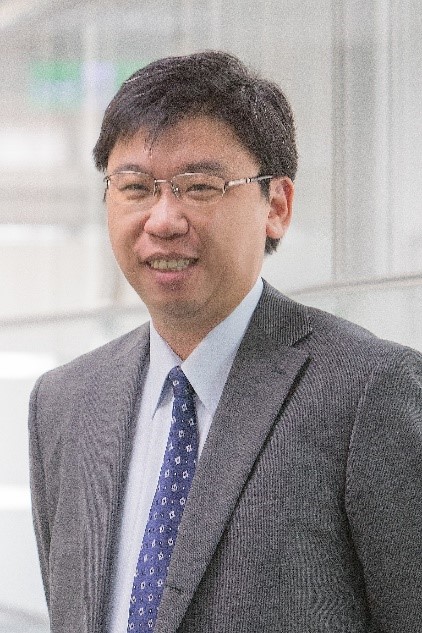
Prof. Meng-Wei Wan
Department of Environmental Engineering and Science, Chia-Nan University of Pharmacy and ScienceSpeech Title: Synthesis of Polyoxometallic Acids Combined with Phase Transfer Catalysts for Optimizing the Oxidation of Organosulfur Compounds under Sonication
Abstract: In this study, a transition metal catalyst (phosphotungstic acid) and different quaternary ammonium salts, namely: tetraoctylammonium bromide, tetrabutylammonium bromide, tetramethylammonium chloride and tetrabutylammonium chloride, were synthesized. The composite catalyst was prepared, and conducted an ultrasonic-assisted oxidation test for the index organic sulfur compounds (Benzothiophene, BT and Dibenzothiophene, DBT). The premilitary results indicated that the composite catalyst synthesized by phosphotungstic acid/tetrabutylammonium chloride illustrated the best oxidation efficiency.
The optimization analysis, designed under the experimental factors and levels, were arranged for 27 groups, where the actual experimental results were implemented and confirmed. The experiments of DBT and BT oxidation were confirmed under the conditions at: the sulfur concentration is 300 ppm, the dosage of the composite catalyst is 0.2 g, the reaction time is 30 minutes, and the volume ratio of hydrogen peroxide to simulated oil (W/O) is 1:1, the best DBT oxidation efficiency is 97.1%. Under the operating conditions of 0.2 g, 30 min reaction time and 0.5:1 of W/O ratio, the best BT oxidation efficiency could reach 95.5%. These results indicated that the phosphotungstic acid/tetrabutylammonium chloride composite catalyst synthesized in this study has the ability to completely oxidize organic sulfides. Moreover, the response surface methodology verified that the reaction time illustrates the greatest impact on the overall oxidation efficiency, and the dosing amount of the composite catalyst is the next factor, however, the increase of the sulfur concentration slightly decreases the oxidation efficiency, while the increase of the W/O ratio greatly reduces the oxidation efficiency. The reuse experiments of recycled catalysts indicated that the effect of the composite catalyst didn’t decrease after recycling 4 times, but the current recovery rate is only reached 70%.
